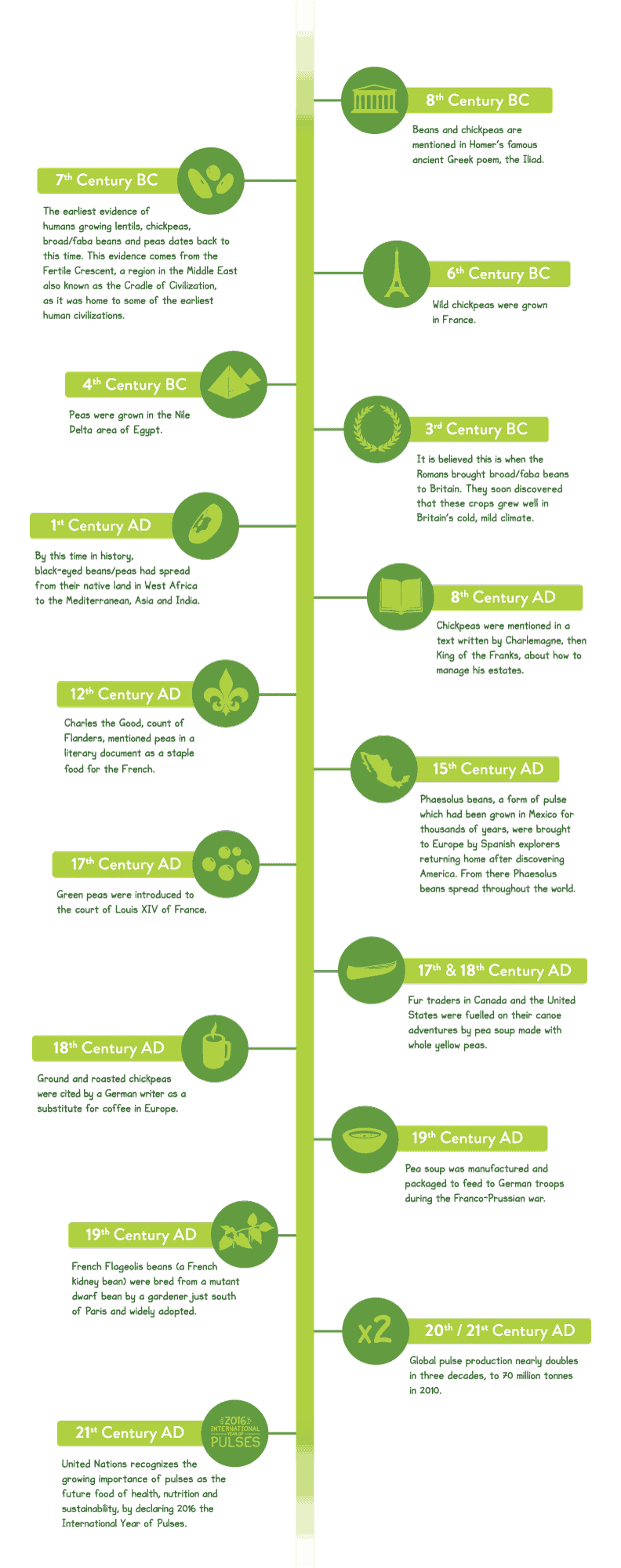Last Updated on February 16, 2022 by Team THIP
Pulses and dals have been around in India for as long as we can remember. They form an integral part of Indian diets and we continue to depend upon pulses to make our meals more wholesome.
Pulses provide protein, fibre (soluble and insoluble), complex carbohydrates, some vitamins and minerals like iron, zinc, folate, magnesium, etc. Although pulses are high in protein content, they need to be combined with cereals in order to obtain the benefit of all the essential amino acids. Idli, dosa, pongal, khichdi, roti-dal, rice-dal are some examples of cereal-pulse combination. Pulses and dals have very little fat unless they are deep fried or included in oily gravies. Pulses are also rich in bioactive constituents like polyphenols, phytosterols, resistant starch, oligosaccharides and dietary fibre that are beneficial for managing and preventing many diseases. Sprouting increases the vitamin content and enhances the digestibility of pulses.
The high fibre content and low glycemic index of pulses help to improve blood glucose and insulin levels. The iron content in pulses can be made bio-available by combining them with foods rich in vitamin C. Since they are gluten-free, pulses and dals can be given to all gluten-intolerant persons. Pulses are a great substitute for meat because they are cholesterol-free and contain almost no saturated fat. Soaking and rinsing the pulses before cooking helps to reduce their flatulence effect.
The infographic below traces the history of pulses over many centuries:

Disclaimer: Medical Science is an ever evolving field. We strive to keep this page updated. In case you notice any discrepancy in the content, please inform us at [email protected]. You can futher read our Correction Policy here. Never disregard professional medical advice or delay seeking medical treatment because of something you have read on or accessed through this website or it's social media channels. Read our Full Disclaimer Here for further information.

